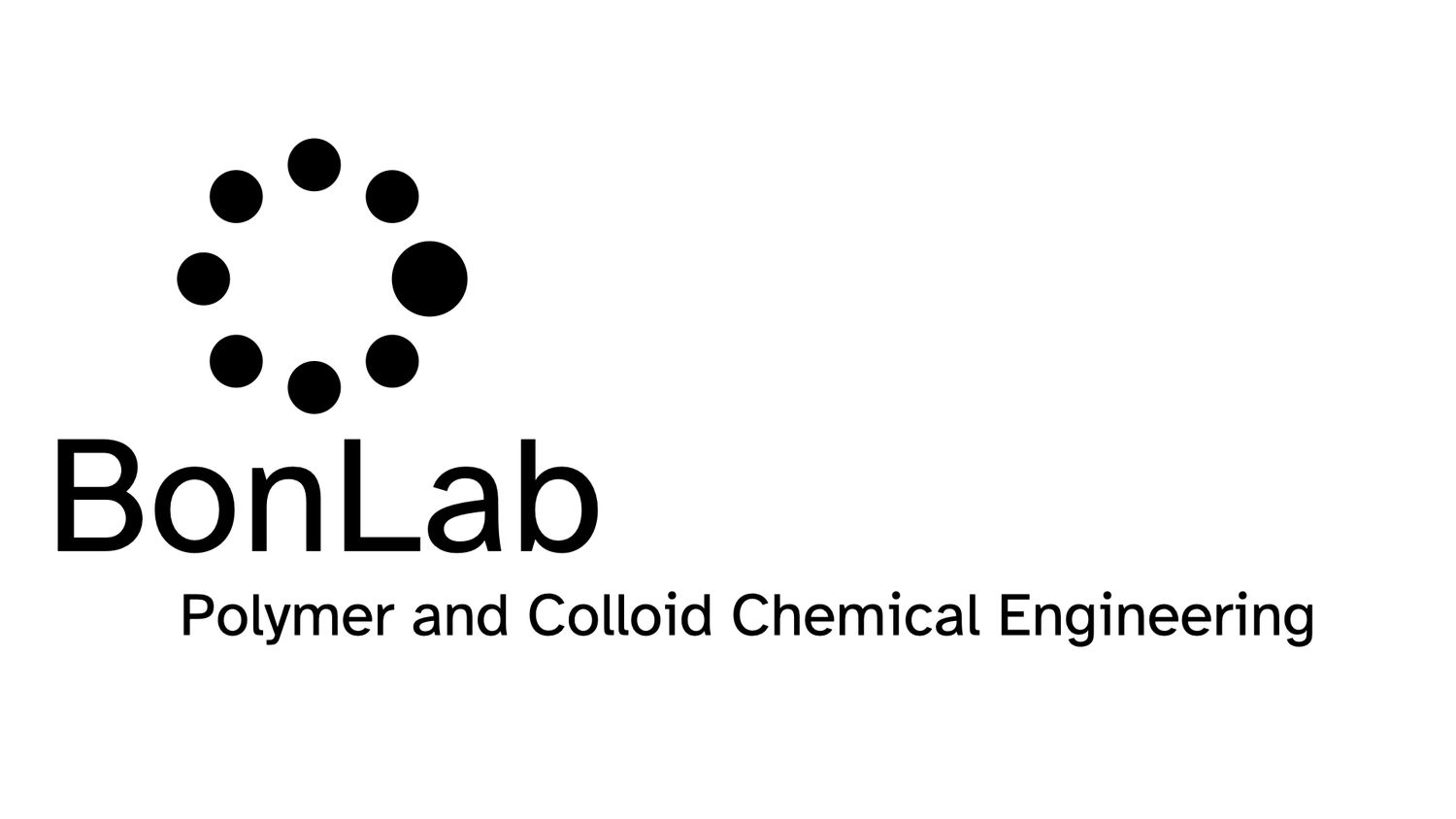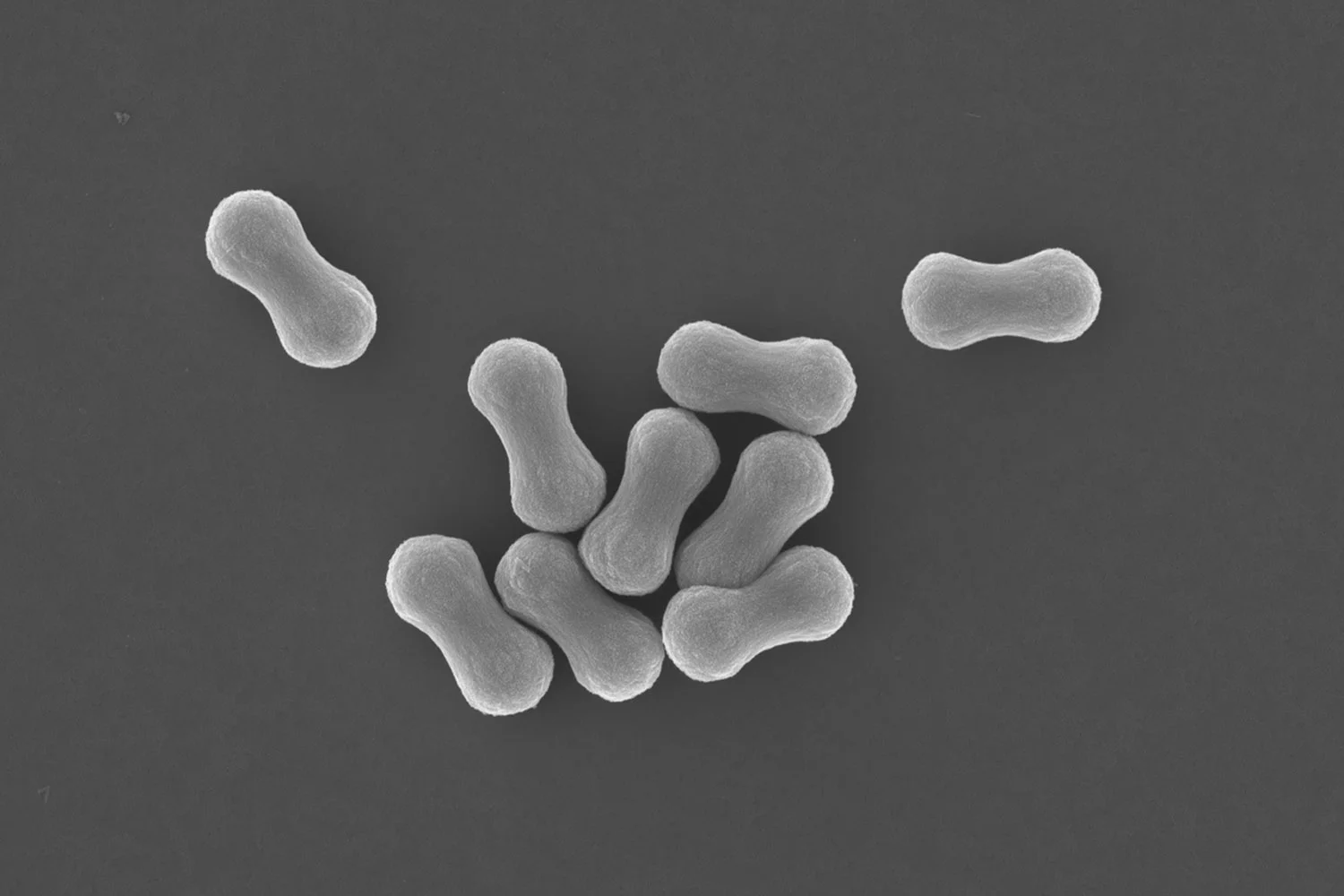We in the BonLab have occasionally played with vesicles, microscopic sacs dispersed in a liquid medium that enclose finite volumes of the liquid, thereby compartmentalising it from the bulk phase by a thin membrane.
In our 2011 JACS paper we showed that we could decorate polymer vesicles with a layer of colloidal particles, effectively creating an armour. These colloidal particles could be silica nanoparticles, or polymer latex particles. The latter even had the ability to film-form, or to transform into a hydrogel. When monodisperse latexes were used the 2D layer organised itself as a colloidal crystal.
In our 2016 Materials Horizons cover paper we showed that we spatially and temporally could regulate the membrane permeability of vesicular structures by embedding catalytic colloidal particles in a trans-membrane fashion.
Fascinating work has been done in this area by many others. We thought it was a nice idea to highlight these discoveries and bring them together in a review. It features recent studies that investigate the structural changes and behaviour of synthetic vesicles when they are exposed to colloidal particles. We will show examples to demonstrate the power of combining particles and vesicles in generating exciting supracolloidal structures. These suprastructures have a wide range of often responsive behaviours that take advantage of both the mechanical and morphological support provided by the vesicles and the associated particles with preset functionality. Since our review includes applications spanning a variety of disciplines, including chemistry, biology, physics and medicine, we felt that Soft Matter was the right place to publish.
We hope you enjoy reading it.
To read the review: DOI: 10.1039/C8SM01223G


